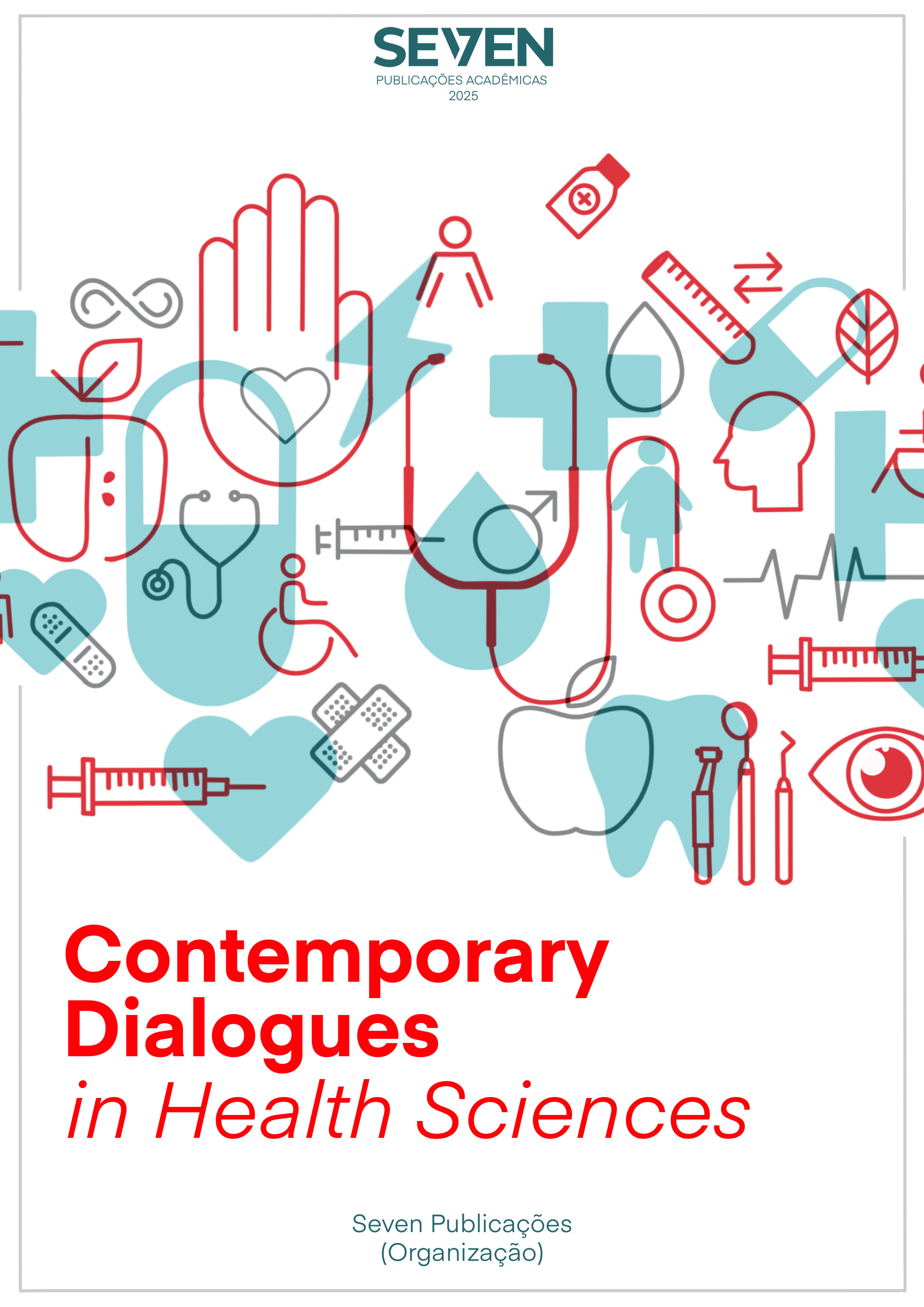UMIDADE INVISÍVEL, AMEAÇA REAL: MOFO E SUAS CONSEQUÊNCIAS PARA A SAÚDE RESPIRATÓRIA APÓS ALAGAMENTOS EM BELÉM-PA
Palavras-chave:
Mofo, Umidade, Alagamentos, Saúde Respiratória, SaneamentoResumo
Este artigo analisa a relação entre os alagamentos recorrentes em Belém-PA, a umidade excessiva em ambientes residenciais e a proliferação de mofo como fator de risco para doenças respiratórias. Adota-se uma abordagem quali-quantitativa, combinando revisão integrativa da literatura (2019–2024), análise de dados secundários (DATASUS, INMET, SNIS) e observação direta em áreas vulneráveis. Os resultados apontam correlação entre picos de pluviosidade, aumento de internações por síndromes respiratórias agudas graves (SRAG) e presença de fungos oportunistas em ambientes domésticos, com ênfase nas populações mais vulneráveis. O estudo destaca a importância de medidas intersetoriais, envolvendo ventilação adequada, impermeabilização de edificações, educação em saúde e investimentos em infraestrutura urbana. Conclui-se que a mitigação dos riscos respiratórios associados à umidade requer políticas públicas articuladas que promovam justiça socioambiental e resiliência urbana em territórios amazônicos.
Downloads
Publicado
Edição
Seção
Licença
Copyright (c) 2025 Ana Shirley Freire Ramos Chaves, Marcia Cristina Ribeiro Gonçalves Nunes, Francisco Denis Pereira Chaves, Marco Valério de Albuquerque Vinagre

Este trabalho está licenciado sob uma licença Creative Commons Attribution-NonCommercial 4.0 International License.





